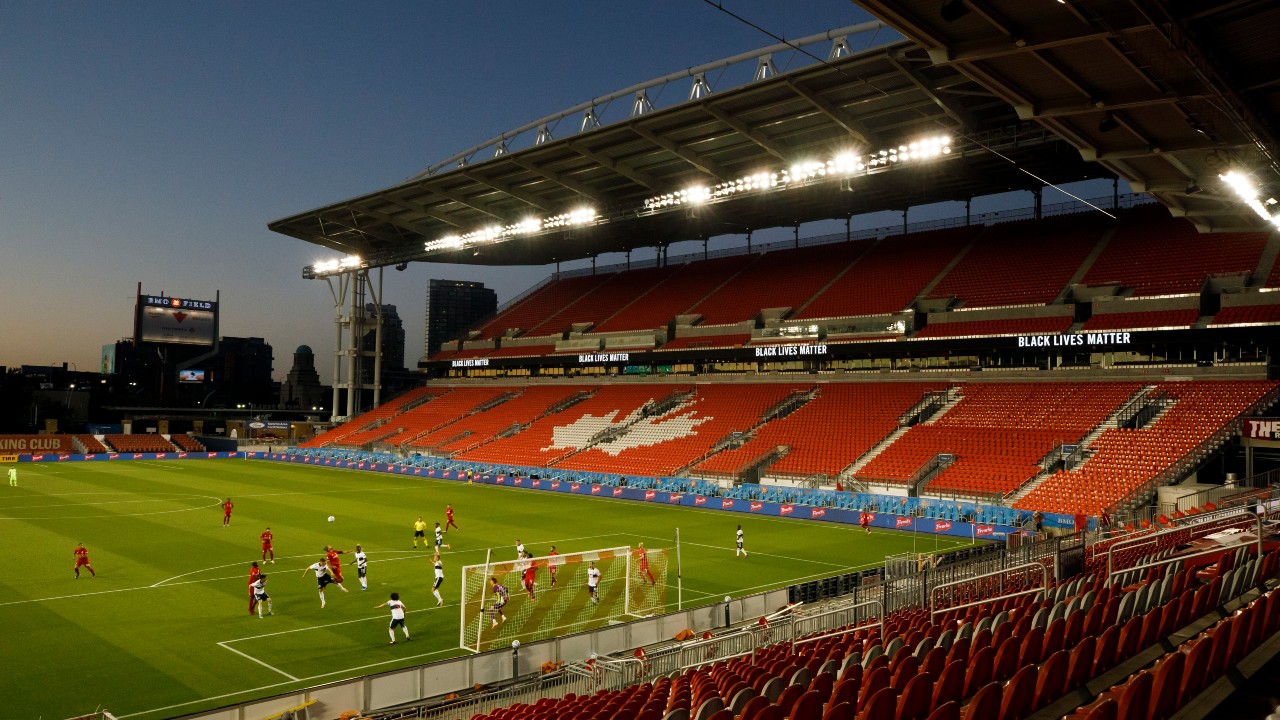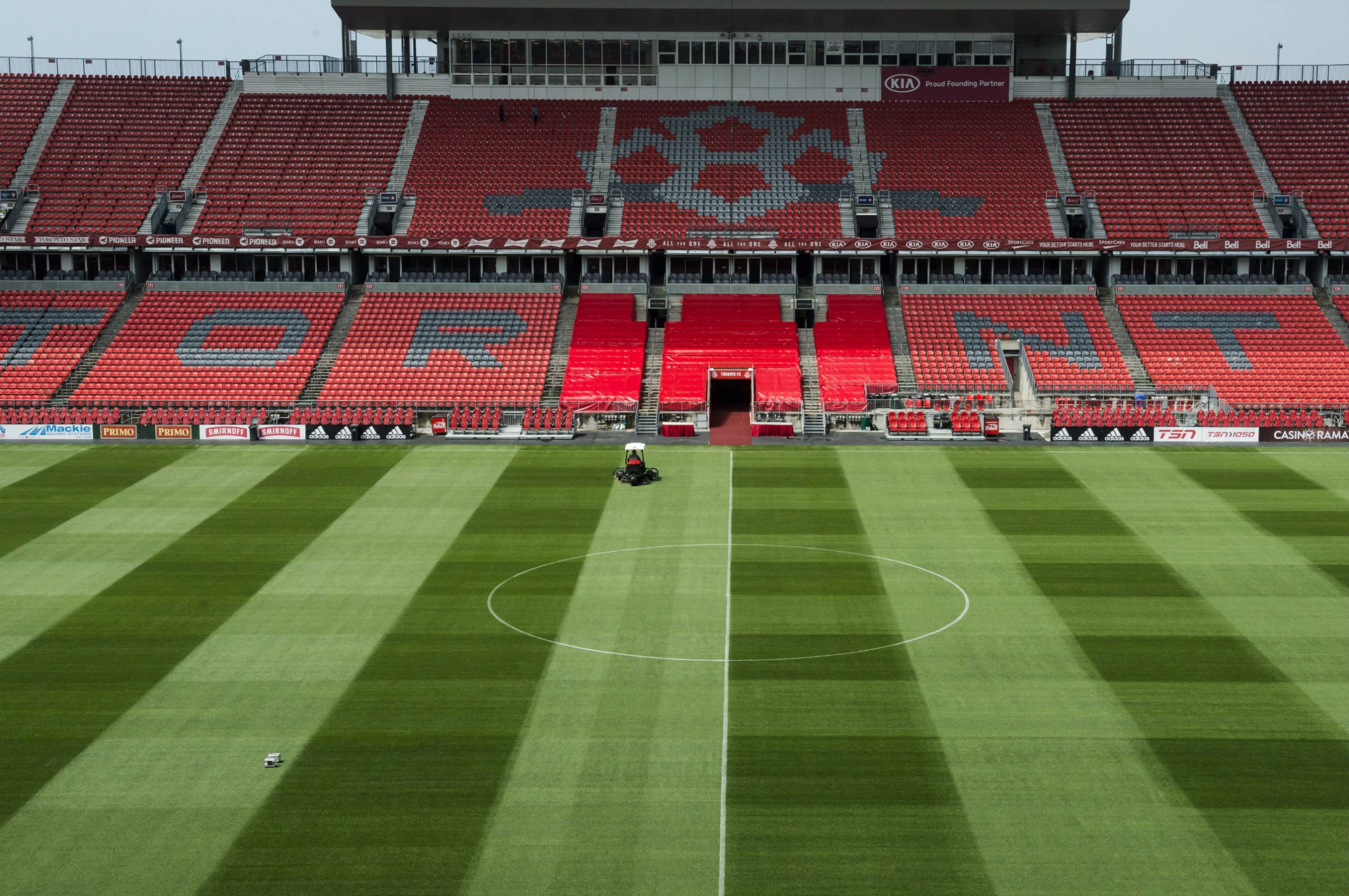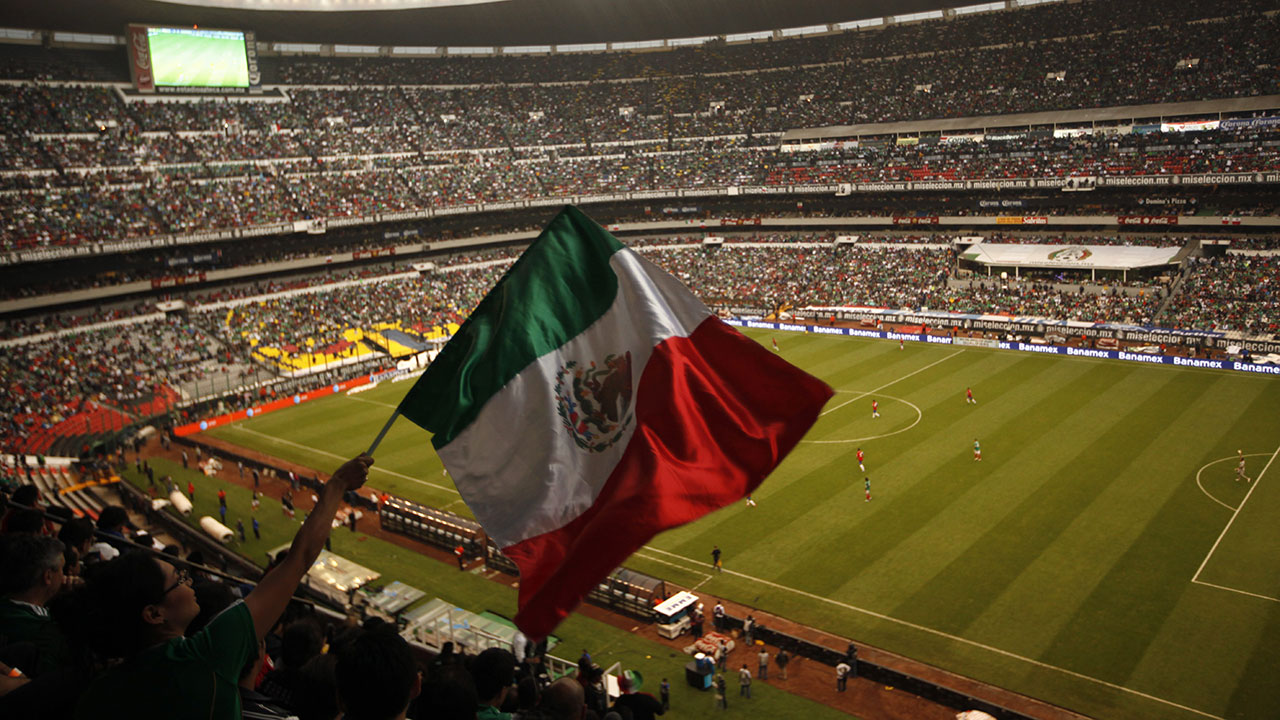
The biggest sporting event on the planet will touch down in Canada in four years when the country co-hosts the FIFA World Cup with the United States and Mexico.
But before that, all eyes will be on FIFA’s media event on Thursday in New York City, where world soccer’s governing body will reveal which of the 22 candidate cities will have the honour of staging matches at the 2026 World Cup.
Here’s what you need to know about the selection process.
An expanded World Cup
The 2026 World Cup will be the first to include 48 nations, expanded from 32, and will see teams compete in cities across North America for sport’s most prestigious prize. It will also be the first World Cup to be co-hosted by three countries.
Sixty matches, including the quarter-finals, semifinals, and the final, will take place in the U.S., while Canada and Mexico will each host 10 games.
We won’t find out the location of specific World Cup matches on Thursday during the FIFA announcement, only what cities have been selected to host matches. However, conventional wisdom suggests the final will be held in either New York or Los Angeles.
How does FIFA decide?
Led by Chief Competitions and Events Officer Colin Smith, FIFA considers a number of factors in deciding among the candidates, including the number of hotels, public transportation issues, and whether the city is willing to commit public funding or will receive public funding to stage World Cup games.
According to a 2018 U.S. Soccer study, the 2026 World Cup could generate more than $5 billion USD in economic activity for North America. An official City of Toronto report said that hosting half of the 10 games expected to be played in Canada could cost the city more than $90 million CAD, but at the same time generate massive benefits for local businesses and tourism.
With all of this in mind, FIFA is rather picky in selecting which cities will be part of the World Cup. A FIFA delegation visited all of the candidate cities to get a first-hand glimpse of the venues that are vying to host games, because, at the end of the day, it’s going to ultimately come down to the stadiums themselves.
“Any announcement will be made in the best interests of football, taking into consideration the needs of all stakeholders involved, as we aim to lay the foundations for the tournament to be delivered successfully across all three countries,” FIFA vice-president and Concacaf president Victor Montagliani said in the lead up to Thursday’s event in New York City.
Canadian content in 2026
When the North American bid committee tabled its proposal to FIFA to host the 2026 World Cup, it originally called for three host cities in Canada, three in Mexico and 10 in the U.S. But there have been recent rumblings that FIFA could go with anywhere from 11 to 12 American cities, with Canada being reduced to two.
Montreal dropped out of the running last summer after Quebec’s provincial government withdrew its financial support over concerns about cost overruns. It was replaced this past April by Vancouver, which initially bid in 2017 to be a candidate city, only to withdraw the following year when B.C. Premier John Horgan cited the unknown costs of hosting World Cup games. Toronto is considered to be the front runner among the Canadian cities, and is expected to be joined either by Vancouver or Edmonton.
Like Vancouver, Edmonton staged games during the 2015 Women’s World Cup in Canada, and at one point looked to be a strong candidate for the 2026 World Cup. But in March, the Alberta provincial government committed public funds to Edmonton, contingent on it getting to host five of the 10 games that will take place in Canada, including two in the knockout rounds. FIFA isn’t used to having cities make demands of it like that, and the thinking is that Edmonton is now out of the running because the financial support from the province comes with too many strings attached.
Work to do for Toronto and Vancouver
Even if Toronto and Vancouver are selected, they’ll still have some work to do to raise their venues up to standards.
FIFA dictates that all stadiums must have a minimum seating capacity of 40,000. Currently, BMO Field in Toronto seats roughly 30,000, which means it will have to add either 10,000 temporary or permanent seats before 2026. As for Vancouver, BC Place features an artificial surface. FIFA mandates that all World Cup games must take place on natural grass, so BC Place would have to put down a grass surface in order to be World Cup compliant.
Even with these impediments in place, both Toronto and Vancouver should have no trouble in meeting the stadium requirements.
The cities that are in the running
It’s believed that FIFA will select 16 cities to serve as hosts at the 2026 World Cup, including 11 American cities, three from Mexico and two from Canada.
Here’s a breakdown of the candidates in the mix:
United States candidate host cities (16): Atlanta (Mercedes-Benz Stadium), Boston (Gillette Stadium), Cincinnati (Paul Brown Stadium), Dallas (AT&T Stadium), Denver (Empower Field at Mile High), Houston (NRG Stadium), Kansas City (Arrowhead Stadium), Los Angeles (Rose Bowl and SoFi Stadium), Miami (Hard Rock Stadium), Nashville (Nissan Stadium), New York/New Jersey (MetLife Stadium), Orlando (Camping World Stadium), Philadelphia (Lincoln Financial Field), San Francisco (Levi’s Stadium), Seattle (Lumen Field), and Baltimore (M&T Bank Stadium).
Canadian candidate host cities (3): Edmonton (Commonwealth Stadium), Toronto (BMO Field) and Vancouver (BC Place).
Mexican candidate host cities (3): Guadalajara (Estadio Akron), Mexico City (Estadio Azteca) and Monterrey (Estadio BBVA).
The cities that are locks
From every indication, all three of Mexico’s candidate cities will make the final cut, including Mexico City’s Estadio Azteca, which hosted the 1970 and 1986 World Cup final.
Of the U.S. candidate cities, you’d have to think there are four locks: MetLife Stadium in New York (likely the site for the 2026 final), the Rose Bowl in Los Angeles (it hosted the 1994 final), and Mercedes-Benz Stadium in Atlanta and AT&T Stadium in Dallas (two of the biggest, and newer NFL stadiums).
The other American cities that are strong contenders include Levi’s Stadium in San Francisco, and Lincoln Financial Field in Philadelphia, both of them being modern stadiums with large seating capacities and located in major population areas.
About the author: John Molinaro is one of the leading soccer journalists in Canada, having covered the game for over 20 years for several media outlets, including Sportsnet, CBC Sports and Sun Media. He is currently the editor-in-chief of TFC Republic, a website dedicated to in-depth coverage of Toronto FC and Canadian soccer. TFC Republic can be found here.








